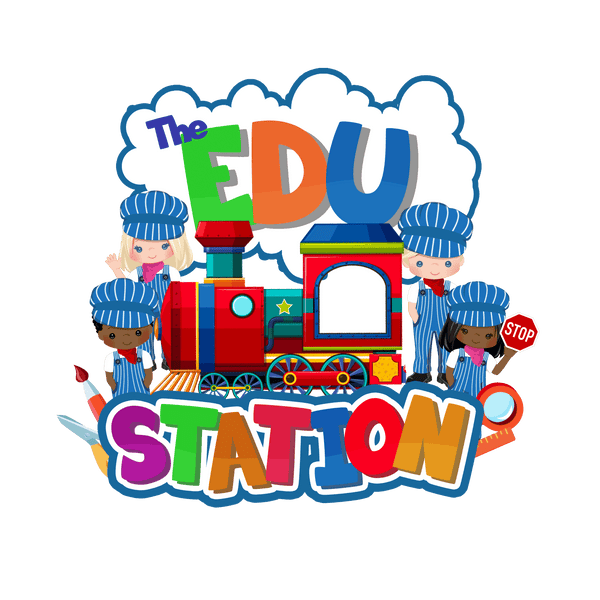As we welcome the new year, it's the perfect time to reflect on the learning journey so far and set meaningful goals for the months ahead. For daycare teachers, childcare workers, and educators, goal-setting not only keeps the curriculum focused but also inspires young learners to achieve developmental milestones. Here are some practical tips to help you set and implement effective learning goals for your classroom or child care center.

Why Set Learning Goals?
Learning goals provide a clear roadmap for growth and development. They help:
- Guide Instruction: Ensure your activities align with key developmental benchmarks.
- Track Progress: Measure a child’s advancement in specific areas.
- Build Confidence: Celebrate small successes, boosting children’s self-esteem.
- Foster Collaboration: Encourage teamwork among educators and parents to support each child’s needs.
Steps to Setting Effective Learning Goals

1. Reflect on Current Progress
Start by assessing where your students are right now. Use observations, developmental checklists, or progress reports to identify strengths and areas for improvement.
For example:
- Are toddlers building their fine motor skills?
- Are preschoolers developing language and pre-literacy abilities?
- Are older children starting to grasp foundational math concepts?
2. Focus on SMART Goals
Effective goals are SMART:
- Specific: Clearly define what you want the children to achieve (e.g., “Identify primary colors”).
- Measurable: Set benchmarks to monitor progress.
- Achievable: Ensure goals are realistic for the child’s age and developmental stage.
- Relevant: Align goals with broader educational objectives.
- Time-bound: Set a timeline for achieving the goal.
Example: "By March, children will be able to count to 10 independently."
3. Integrate Goals into Daily Activities
Once goals are set, incorporate them into your lesson plans and routines. Use playful and engaging methods to make learning fun, such as:
- Storytime to expand vocabulary.
- Art projects to develop fine motor skills and creativity.
- Outdoor play for physical development.
Incorporating goals doesn’t have to mean extra work—often, it’s about making slight tweaks to existing activities. For example, if your goal is to enhance vocabulary, you can introduce themed storybooks or interactive songs that emphasize new words.
4. Collaborate with Families
Parents and caregivers are key partners in achieving learning goals. Share progress updates and suggest simple activities they can do at home to reinforce classroom learning. For instance, if you’re focusing on early math skills, encourage parents to practice counting objects during daily routines.
Host regular parent-teacher meetings or send home activity kits that align with the classroom’s objectives. These efforts can strengthen the partnership between home and school, creating a more holistic approach to learning.
5. Review and Adjust Goals
Regularly evaluate how children are progressing. Are they meeting milestones, or do goals need to be adjusted? Flexibility ensures that goals remain relevant and attainable as the year unfolds. Keep in mind that every child develops at their own pace, and what works for one may not work for another. Adaptability is key to maintaining motivation and ensuring success.
Sample Goals for Different Age Groups
Infants (0-12 months):
- Respond to their name.
- Explore objects using their hands and mouth.
Toddlers (1-3 years):
- Build a tower using blocks.
- Follow simple two-step instructions.
Preschoolers (3-5 years):
- Recognize and name letters of the alphabet.
- Understand basic concepts of sharing and taking turns.
Encouraging a Growth Mindset

In addition to setting specific goals, instill a love for learning by fostering a growth mindset. Remind children (and yourself!) that making mistakes is part of learning. Celebrate efforts and persistence just as much as achievements.
Use phrases like, “You worked so hard on that” or “Look how much you’ve improved!” to emphasize the value of effort over outcomes. This helps children understand that learning is a process and encourages them to persevere through challenges.

Setting learning goals in the new year provides a structured yet flexible framework to nurture young minds. By focusing on individualized, achievable objectives, you’ll help children build the skills and confidence they need to thrive.
Let this year be one of growth, discovery, and joy for both you and your students. Whether you’re guiding infants through their first developmental milestones or helping preschoolers prepare for kindergarten, your efforts lay the foundation for a lifetime of learning. Here’s to a successful and inspiring year ahead!

